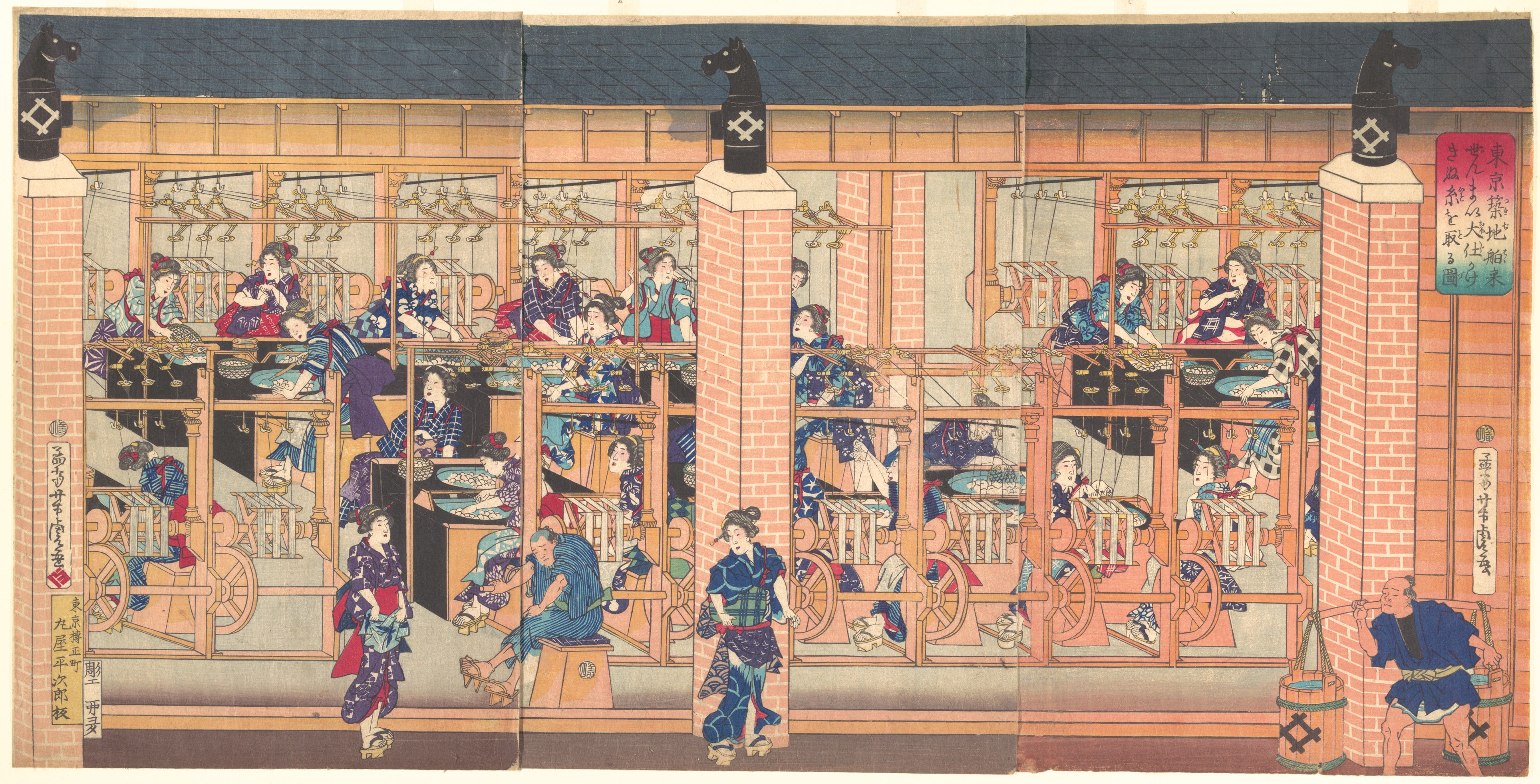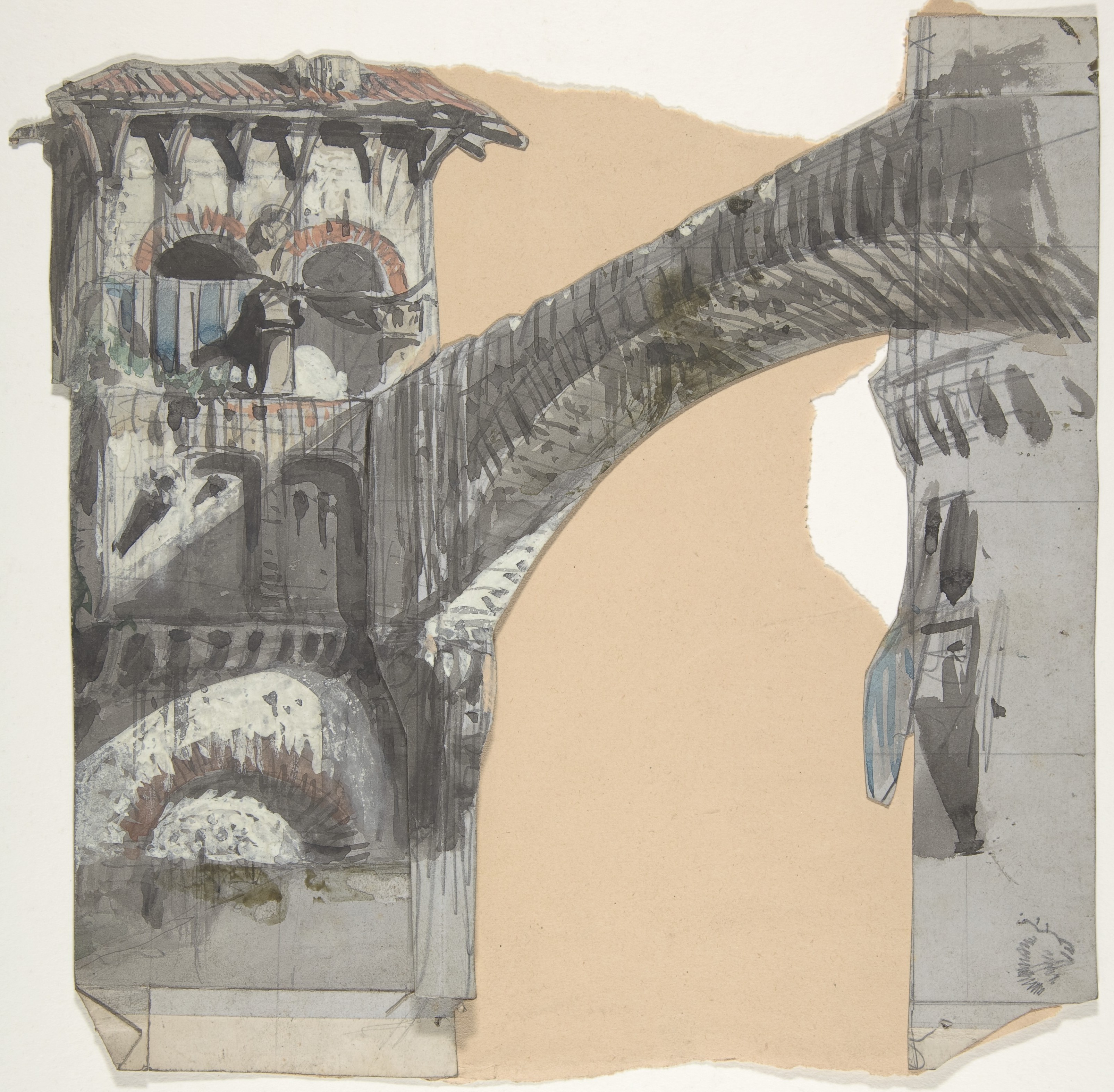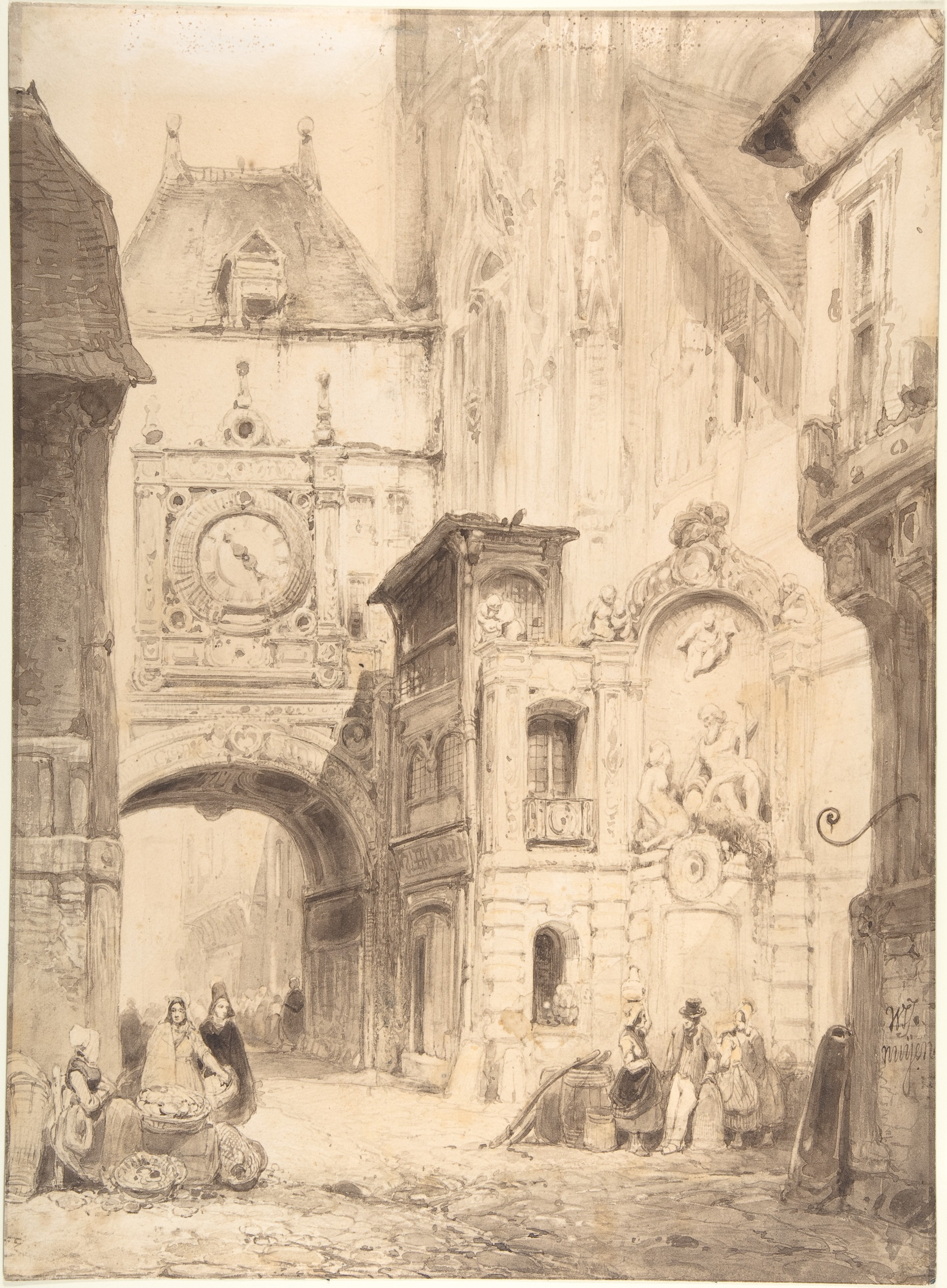Threads and Tapestries - eskerthebreton/thrum GitHub Wiki
| Previous: Dice Rolls | Next: Gambits |
|---|

Narrative play in The THRUM consists of Arcs, Episodes, Scenes and Gambits.
A Scene has the usual meaning from fiction: it is a (usually) continguous span of time, unfolding in (usually) a single location, in which the characters interact with the environment, with non-playable characters (NPCs), and each other. In most scenes, the party will be trying to accomplish something specific. For example, they might be trying to find an item, escape from a jail cell, obtain a piece of information, persuade a certain NPC to help them, or defeat a group of enemies in combat.
Within a non-combat scene, players engage in Gambits, which are the individual actions they take in the service of their goal. As the name suggests, a gambit involves an element of risk and/or potential sacrifice. In some cases the gambit may succeed cleanly. In others, it may fail to achieve its objective and instead backfire on the characters (perhaps they tried to bribe a guard to let them past, and not only did it not work, but it led to them calling for backup to eject the party by force). In other cases, the gambit might succeed in its objective, but creates a new obstacle that the party has to react to: perhaps the bribe succeeds but another guard witnesses it and activates a security system. The specific mechanics around Gambits are described in a dedicated section on Gambits.
An Episode is a sequence of scenes in which the Player Characters (PCs) are pursuing a goal or collection of related goals with a meaningful level of risk. Generally speaking an episode should correspond approximately to one session at the table, though the natural narrative boundaries may not line up perfectly.
Finally an Arc is a larger narrative structure consisting of a sequence of related episodes with an overarching goal which is substantial enough that achieving or failing to achieve it will have a noticeable impact on the world and/or the party's relationship with one or more factions in it.
For instance, the party might decide that their next Arc will consist of trying to steal an artifact from a fortified location, earning them favor with one faction at the expense of another.
Within that Arc, one Episode might consist of the party preparing by gathering information: perhaps in one Scene they try to obtain blueprints of the building, and in another they recruit a contact on the inside.
In the following Episode, they have a Scene in which they attempt to get past the guards to get inside the building, a Scene in which they navigate the location to find the item, and third in which they have to disable a security system to obtain the item. One or more of these scenes might (perhaps contingently) involve combat or the threat of arrest or capture.
A final Episode in the Arc might consist of a Scene in which they try to make it out of the building with the item, and another in which they try to navigate through the sewers to get back to a safe location. Once again, either or both of these Scenes could feature combat as appropriate. Depending on the level of detail the players and GM want to play out, this could be collapsed into a two Episode Arc, or it might even be abstracted into a single Episode. Conversely, the reconnaissance process might involve more than one Episode.

At the start of a campaign once some potential plot hooks have been presented, and each time the party wraps up an Arc, the players and GM should work together to figure out what the party wants to achieve during their next Arc. This can involve an in-character discussion with occasional interjection from the GM, or it can simply be an out-of-character discussion. Following the example Arc described above, perhaps the party heard about the existence of the artifact during their previous Arc, or was approached by an NPC about retrieving it, and decides that they want to pursue that goal for their next Arc.
The GM should try to take a light touch during this planning process: their job is mostly to determine whether the objective the players define is of the right scope for an Arc.
A good rule of thumb is that an Arc objective should take 2-5 episodes to reach some sort of meaningful resolution. If the resolution can be achieved in a single Episode, then the GM should suggest that the party widen their ambitions. If, on the other hand, it would require well more than about 5 Episodes, then it should likely be broken up into multiple Arcs.
The main gameplay reason it is important to define what constitutes a single Arc is that the characters gain a level at the conclusion of each Arc: if Arcs are too short, players will level up too quickly and may not have enough time to get a feel for the new abilities they gain; conversely if Arcs are too long, then players motivated by character advancement may start to feel restless.
The game rules support 12 character levels, so if the characters start at level 1, and the final arc consists of the narrative climax of the campaign, then there would be about 12 Arcs in total in the campaign. If the table wants a longer campaign, then they may decide that Arcs will tend to be longer; conversely, if the table wants a quicker pace, then they will probably want to engage in Arcs that are more often closer to 2 Episodes.
Once GM and players have a consensus on the Arc objective, they should identify the individual obstacles that the party needs to overcome to achieve their goal. Though there will often be unexpected turns that the party needs to react to, they should be able to identify a few specific obstacles in advance. To conduct the artifact heist in the above example, they party might identify ahead of time that they will need to spend time gathering information, getting to the artifact, and getting it out safely.
A good guideline is that each member of the party should have the opportunity to take a leading role where their skillset can shine, in at least one Episode at least every two Arcs. For instance, if one character is skilled in Research or Reconnaissance, then they will likely take a leading role in the first Episode. Another might take the lead as the party tries to get into the building using their Influence, Stealth, or Problem-Solving. A third might shine in facilitating a speedy exit using Athletics. By outlining a rough Episodic structure for an Arc, it helps to create an informal social contract at the table: Players make a commitment to pursue a specific goal for the next few sessions, helping the GM limit the scope of their preparation for that period, and in return, the players retain the ability to forge their own path on a larger scale and prevent "railroading".

Whereas Arc-level goals are explicitly broken down into subgoals, and Gambit-level goals are resolved in a single contested roll, Episode- and Scene-sized goals are too broad to resolve in a single Gambit, but may not always be explicitly decomposed into parts. For these "medium-sized" objectives, Clocks are a useful go-to tool.
A "clock" mechanic first appeared in Apocalypse World, though Forged in the Dark used the term differently, and THRUM's Clocks are ported more or less wholesale from the latter (to give credit where credit's due).
The narrative Clock is an incredibly versatile tool to give a tangible representation of all sorts of narrative progression, on multiple time scales. The idea is that the GM defines some sort of event that the narrative is building toward, which could be desirable or undesirable -- the party finds the missing person they are searching for, say, or the armed bandits they are fleeing from catch up to them. Rather than define specific subgoals ahead of time, which can feel overly rigid, or having the event occur after some hidden conditions are met, which can feel arbitrary from the player perspective, the GM simply defines a Clock with a specified number of segments (usually somewhere between 4 and 12) representing how close the event is to happening, and as the party takes action, one or more segments are filled in.
This visible representation serves two main purposes:
- First, it allows some details of the possible means to an end to be abstracted away. From a player perspective, this preserves their ability to pursue goals as they see fit rather than feeling like they need to check a prescribed set of boxes. From a GM perspective, they are freed from a sense of obligation to either plan out a set of possible branching paths ahead of time, while also avoiding creating an impression that they are simply improvising their way toward a predetermined conclusion.
- Second, giving the players a visible indicator of narrative progress helps create a concrete sense that their actions matter, while also helping to build drama and tension.
One especially common and useful way to employ Clocks is to create a pair of clocks attached to a Scene or Episode, a Progress Clock representing the party's progress toward a goal, and a Threat Clock representing some sort of "failure state" or complication. As the players take actions, and especially as they engage in Gambits, one or the other or both clocks tick one or more segments, depending on the result. Ticking up a Threat Clock is often a reasonable "default consequence" for fumbled Gambits, though by no means the only one.
Note that it is not necessary for every action that impacts a clock to be a Gambit, i.e., not every meaningful action has to have a roll attached. Many Gambit rolls likely will have some impact on one or both of these clocks, but it is also completely reasonable for some player actions tick a clock segment without any roll involved. However, in cases where a Gambit has multiple "tiers" of possible outcomes (such as in the case of Critical Successes or Critical Fumbles for some kinds of Gambits), Clocks provide a ready-made way to scale up the impact if it is not apparent how to do so in specific terms in the fiction.
| Previous: Dice Rolls | Next: Gambits |
|---|